De André, Fellini, Benigni… The career of musician and composer Nicola Piovani is so rich and wide-ranging that it’s hard to choose his most important collaborations. As to the acknowledgement of his work, there’s no question that the 1999 Academy Award for Best Original Score for Roberto Benigni’s La vita è bella, secured his international reputation.
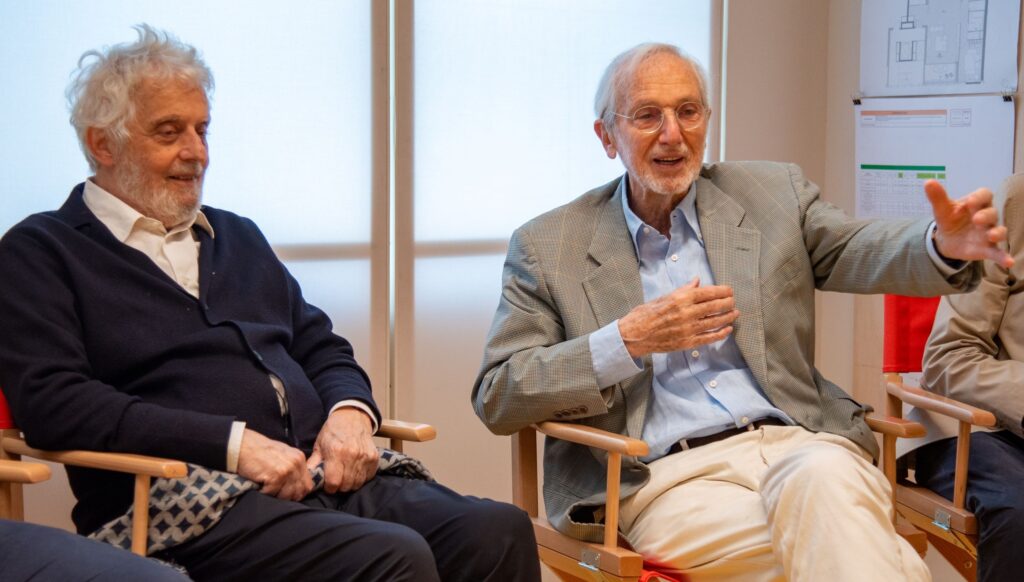
Piovani’s career spans opera, instrumental music, film soundtracks (more than 250 works with Italian and international directors such as Marco Bellocchio, Giuseppe Tornatore, and Bigas Luna), alongside musical theatre and songs. His professional history includes numerous projects and collaborations, highlighted during his meeting with architect Renzo Piano, a long-term acquaintance, on 14 May at Politecnico di Milano: the composer was guest of honour at one of the L’arte del costruire (Art of Building) workshop lectures. The workshop is run by Piano as part of the DABC Department of Architecture, Built Environment and Construction Engineering’s educational program, and it’s held in the Renzo Piano Foundation’s premises inside Politecnico di Milano’s Leonardo campus. While students were presenting their projects, Maestro Piovani offered advice on structures intended for live music. He then lingered over memories that link him to his architect friend during an informal chat at the end of the lecture.
He described how his collaboration with singer/songwriter Fabrizio De André began by chance, when he improvised at his home on piano using texts inspired by the “Spoon River Anthology” by US author Edgar Lee Masters, resulting in the creation of Un medico for the 1971 album Non al denaro non all’amore né al Cielo. Piovani said: “De André significantly departed from the conventions of art and commercial music, which often lead to repetition. Throughout my career, I have encountered few artists who resisted this tendency. One notable example was Federico Fellini, with whom I worked for 11 years. If De André had followed the lead of his contemporaries, he would have spent his life trying to write more Marinellas. Many try to replicate their first success, out of fear of falling short.”
Building on this conversation with Renzo Piano, we spoke with Maestro Piovani about research, acoustics, artificial intelligence and much more.
“He who seeks style finds death; he who seeks life finds style.” You quoted this line by Eduardo De Filippo to our students. What inspires your compositions?
Eduardo’s well-known phrase is key but controversial: turning “what” into “how” is uncommon. We live in a culture ruled by advertising and fashion, two worlds in which style reigns supreme. But in the arts, pursuing “style” can disguise a lack of inspiration or substance. If you’re emotionally in tune with reality, inspiration tends to come more naturally.
Research is at the heart of any university. In music, is it vital for an artist to keep searching for the perfect sound, or refine one’s craft? How have you approached this throughout your career?
Perfection eventually arrives in its own time. The search isn’t for the perfect sound (which doesn’t exist), nor for formal perfection, but for the sounds most suited to conveying a genuine, inexpressible emotion. Research, in that sense, helps me find the sonic material best able to communicate a silent, wordless feeling to the listener. If one fails expressively, perfection can become cloying.
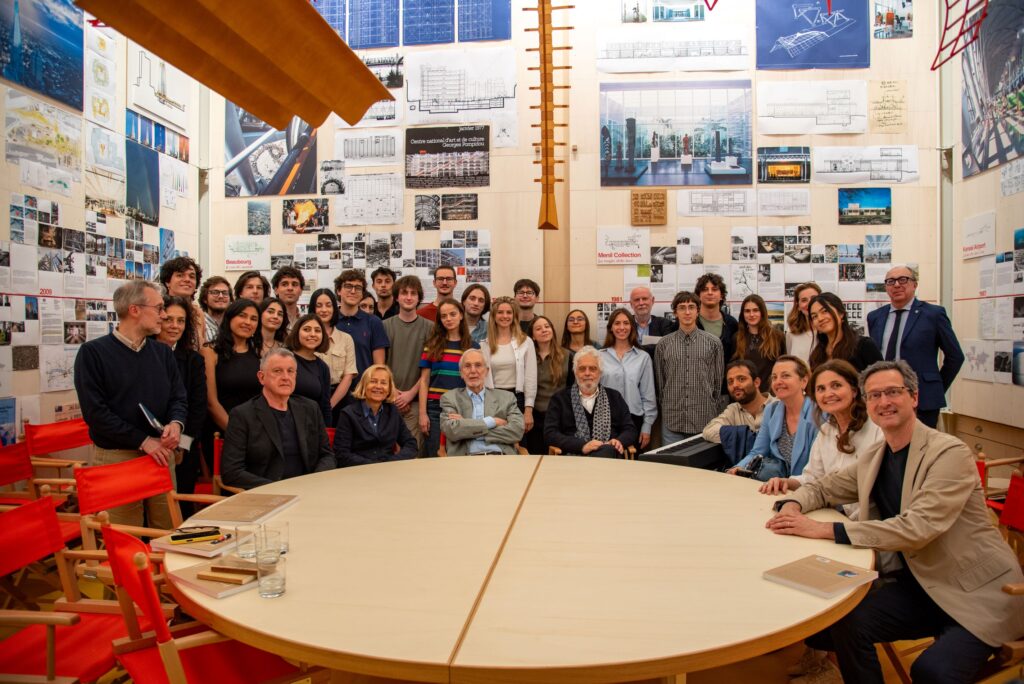
During Renzo Piano’s lecture, you offered valuable insights to students designing open-air performance spaces. From your experience as a performer, what advice would you give aspiring architects when it comes to creating spaces for music?
It’s essential to consider what kind of music will be performed in that space. Certain music demands focus, attention to detail and dynamics: a piano, a pianissimo, a crescendo are fundamental to listening properly, for example, a Mahler symphony, a Beethoven quartet, or a Brad Mehldau performance.
By contrast, a pop or rap concert, amplified, loud, and designed for energy and movement, thrives in a livelier environment, with a standing, often noisy crowd. It doesn’t fear concrete; it has no need for precious cherry wood. Music comes in many forms, and people enjoy it differently; as Luciano Berio noted, “There’s music – and then there’s music.”
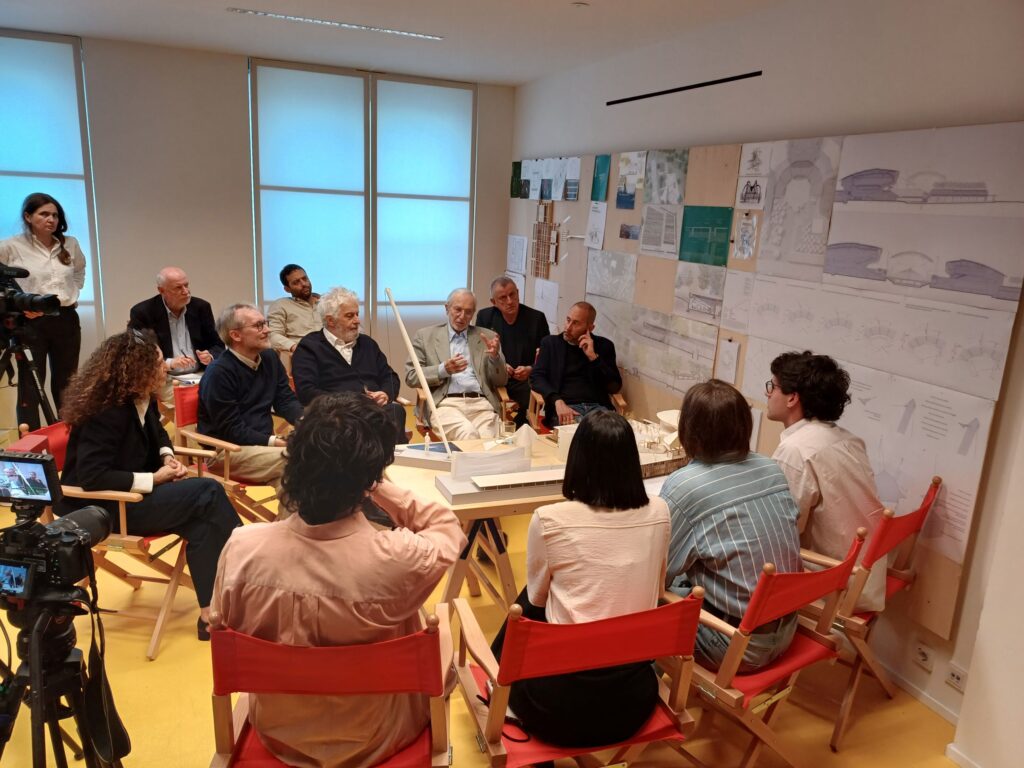
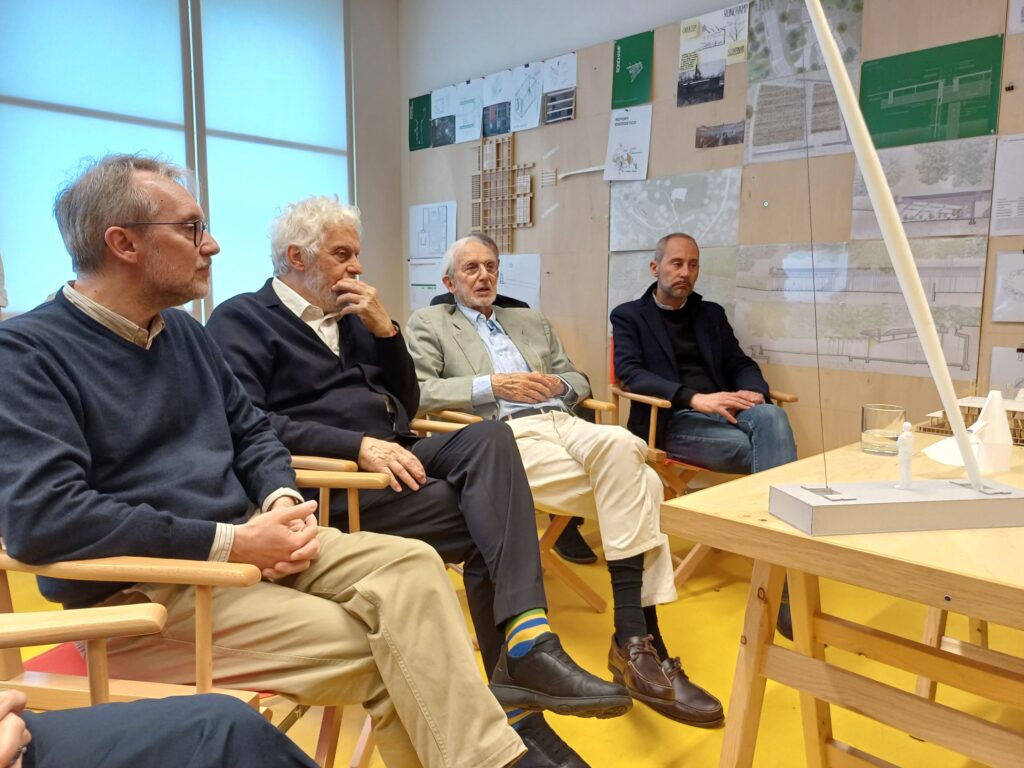
How do venue acoustics affect performance? You mentioned the difference between indoor and outdoor spaces. What adjustments does a musician make, and how does this alter the listener’s perception?
Outdoor sound loses some of its finer details. When talking about open-air concerts, Arturo Toscanini said: “Outdoors you play bowls.” That’s less true today, due to the modern sophisticated amplification systems. However, when I perform in open spaces before large audiences, I play at a slightly slower, more legible tempo.
Acoustically speaking, what’s the best and worst place you’ve ever performed? If you can tell us…
The Sala Petrassi at the Auditorium in Rome (designed by Renzo Piano, author’s note), is considered an acoustically suitable venue for performers and listeners. As for the worst… I’d rather not say.
Our university provides a Master’s programme in Music and Acoustic Engineering. How crucial is a skilled engineer or producer in the recording studio?
Sound engineering is one of the most important elements for a successful concert nowadays. Indoor symphonic or chamber performances don’t require it. But there are concerts that cannot do without the work of a sound engineer who understands music. Volume is often overused; the habits of rock become bad practice when imported into performances of music rich in expressive nuance. In rock music, performances often rely on high volume; without the intense sound, they would lose much of their impact.
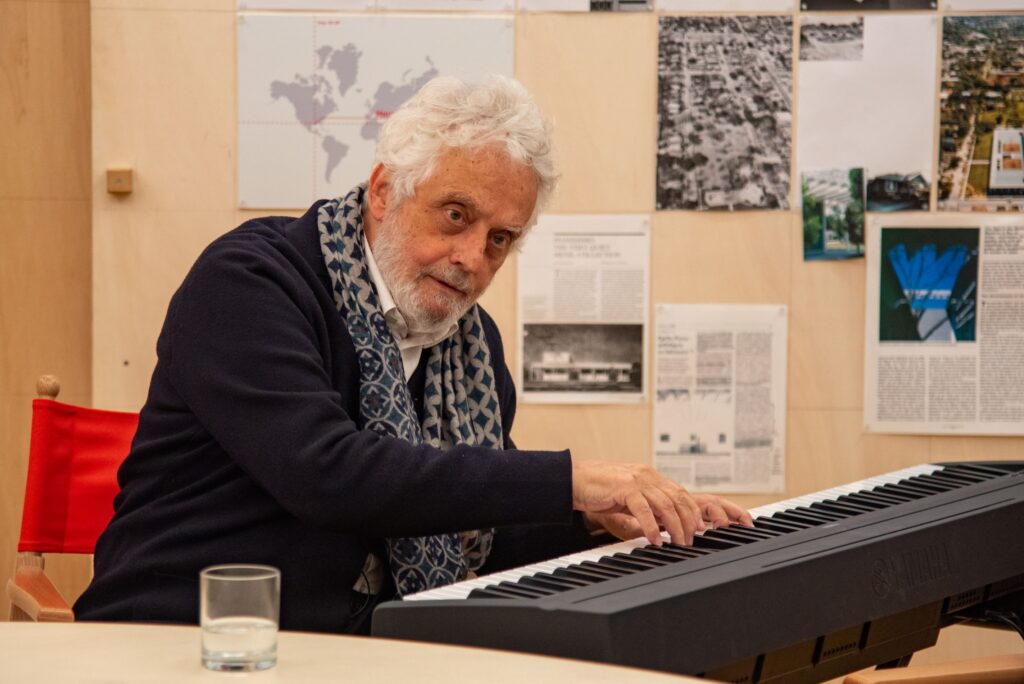
The growing digitisation of music has brought benefits and drawbacks. From your perspective, what are they?
In recorded music, digitisation and computer technology allow us to achieve sonic effects that were unimaginable only a few decades ago, and that’s undoubtedly positive for artistic research. In live music performances, it is essential to exercise greater caution to maintain the integrity of the physical connection between the performer and the audience. Too much technology risks alienating that connection, dulling it. We must prevent the ongoing risk of uniform expression.
Modern software can generate a song in seconds. From a creative standpoint, what’s your view of artificial intelligence in music?
Scientific innovations must be studied carefully before we rush to judgement. From what I’ve seen, AI can be useful. Based on my analysis of experiments in the field of music, AI can partially replace the production of banal music. The audio-visual industry consumes vast amounts of background, “wallpaper” music, endlessly repetitive and formulaic. For that field, I suspect composers like me are no longer required. Professor Giorgio Parisi (2021 Nobel Laureate in Physics, author’s note) calls AI a “stochastic parrot” – and in the realm of banal music production, I’d say that parrot is unrivalled. But when it comes to creative intuition, expressive illumination, it seems to me that the parrot still has a long way to go. For now… The dystopian threat is ever-present.
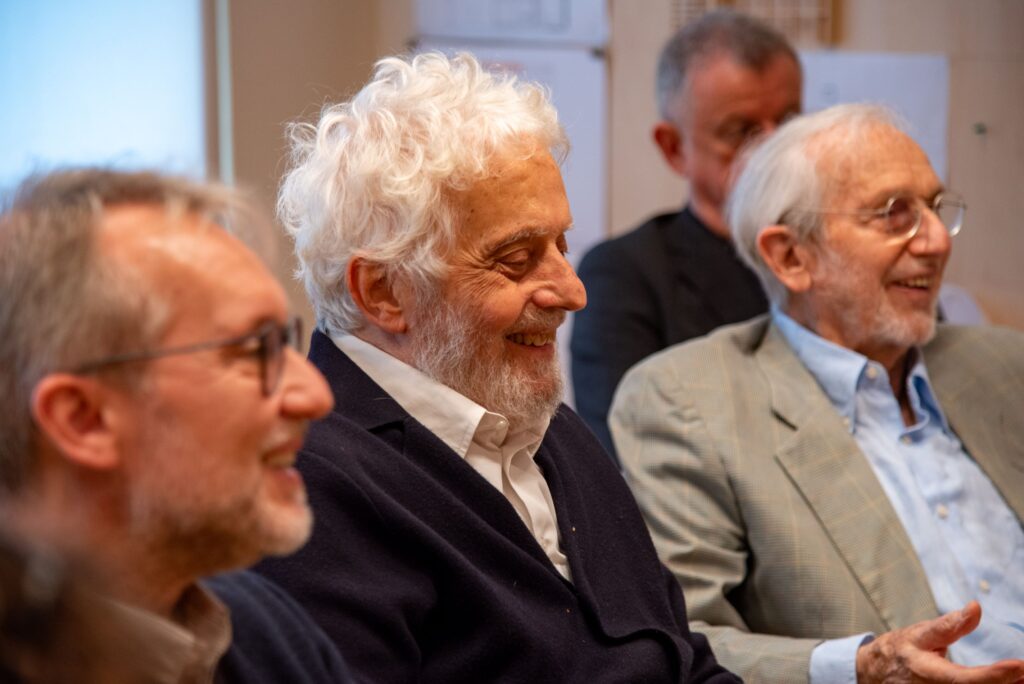
Do you think audiences can tell the difference between played music and purely digital sounds in contemporary songs?
It depends. There are songs, and then there are songs. Today’s commercial fashion favours technological over natural sounds. But if we are talking about a string quartet or a soprano aria, the difference is unmistakable.
Digital technology has changed the way we listen to music. How does the experience differ between a mobile phone, vinyl, or CD?
Experience depends on the listener’s attitude. If you want background music while having an aperitif, chatting pleasantly, and admiring the view, almost any medium will do. But if you wish to truly listen and immerse yourself in a Mahler symphony, you’ll need to focus and be receptive to every detail. That’s what makes the difference. Whether it’s vinyl or an iPhone, if properly amplified, they’re basically equivalent. It is essential that listeners remain attentive and intellectually engaged, recognising recurring themes, musical quotations, interpretative changes, or the unified expression of a chorus. However, all this is only a substitute for the ultimate experience: listening to music performed live.
After MP3s, do you foresee new hybrid ways of listening to music in the future?
The future is a fascinating mystery, and impossible to predict. What’s certain is that every new technological innovation will divide opinion between enthusiasts and sceptics, the curious and the nostalgic, which is a pattern consistently observed throughout history.
